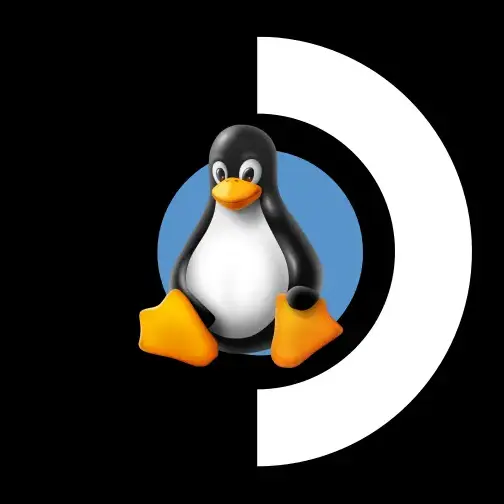

You are aware that this isn’t a lifelong commitment, right? A Plex license doesn’t make using it mandatory. In fact, had you read a bit further, you’d have seen that it’s no commitment at all, and I’m still running and maintaining a Jellyfin server simultaneously, reverse proxy and all. Not just as a fallback, but also for the things it still does better.
I migrated my household use to Plex, though, because this evil “closed source for profit app” offers an on-device user experience that is as good, if not better, than that of a commercial streaming services. This makes the rest of the household use it happily, instead of seeing it as an inferior alternative.
Jellyfin’s user experience is simply not there yet, not even close. Its clients, if available at all for the system in question, are (mostly) functional, but certainly not fun.
I had the money to spend on the evil “closed source for profit app” and it made my family’s life a little better for it - are you sure that trying to shame me for that was the right reaction?





Can you maybe clarify what you mean with “work”? What are you trying to achieve by significantly exceeding any supplemental recommendation that I’ve ever heard of?
Are you worried, that your Vitamin D3 levels are significantly too low, because you’re suffering e.g. from SAD, another mood- or an autoimmune disorder?
Talk to your doctor, get your levels checked, follow their advice and take the dose they recommend for the time they recommend!
Are you planning to relocate to a cave? Will you never see the sun again?
Talk to a medical professional about that plan, take whatever supplements they recommend for as long as they recommend them.
Are you living in a cold and dark country like Sweden? Then that country probably has safe guidelines you can follow. If you’re still worried or you are experiencing any symptoms that might be related to low Vitamin D3 levels, talk to a medical professional!
Why are you trying to exceed any recommended dosage by the factor of 10? Where did you get that number in the first place?
I believe that number is still low enough to not pose any immediate risk in the short or mid term. Your doctor might even agree that high supplementation is necessary to get your level up.
As a long term plan and without knowing your actual levels, it’s just stupid: At best it does nothing but waste your money on needless supplements. At worst it increases the risks that come with overdosing on Vitamin D3.